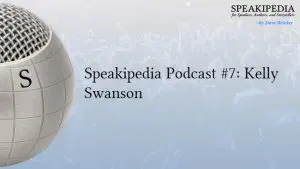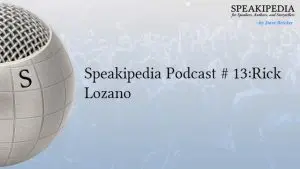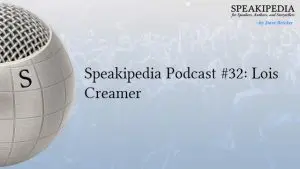When can you use someone else’s intellectual property?
With the property-holder’s permission, you can do what you want. That’s the safest way to use anyone else’s anything.
Otherwise, the “gray area” is governed by the doctrine of fair use and its four pivotal factors:
Purpose and Character of the Use: What is the reason for using the copyrighted material? Is it for educational purposes, criticism, commentary, or parody? Non-commercial, transformative uses typically strengthen the case for fair use. Use the material to help others without benefitting yourself and you’ll have some justification.
Parody is also allowed. “Weird Al” Yankovic produces comic versions of popular songs because a) he’s not claiming to be the original artist and b) his parody works are more likely to entice listeners to appreciate the original works than to dissuade them from listening to them. Even the name “Weird Al” suggests that the purpose is to entertain rather than to deride the artists he satirizes. Be sure to stay on the right side of the line between satire and defamation. If your parody includes vulgarity or hate speech, the original artist could claim that you are diminishing their work.
Nature of the Copyrighted Work: Is the work factual or creative? Because it’s difficult to own a fact, factual works can be used more freely under fair use. For example, if you write an astronomy book that describes how the earth rotates around the sun, another author can write about the same science with impunity. Creative works are guarded more closely because they tend to be unique in character, and creative people make their livings based on their work being associated with them.
Amount and Substantiality of the Portion Used: Using a small, non-central part of a work can align with fair use. Using the “heart” of a work without permission, regardless of the amount, could lead to litigation. You can quote a verse of the lyrics to a popular song in a book with attribution. Can you quote the full lyrics? That’s part of the “gray area.” The more you use, the more risk you assume.
Effect on the Work’s Value: Evaluate the impact of your use on the original work’s market or potential value. If your derivative work could substitute for the original work and diminish demand for it, the original rights-holder could make a valid claim that you are causing them damage. The less your use competes with the original artist’s interests, the more likely it is to be considered fair use.
If you are a speaker, author, or thought leader, your livelihood depends on your intellectual property. Protect your rights and interests accordingly.
When it comes to other people’s intellectual property, be careful and sensitive to the creativity, hard work, and inspiration that led them to share their ideas with the world. Instead of appropriating their work, let them inspire you to create your own unique and original ideas worth sharing and protecting.
A final, important point on fair use: Attributing a “borrowed work” to its creator is not the same thing as getting permission. If someone stole your car and put a sign on the door declaring that it belonged to you, they’d still have commited grand theft auto!
Feel free to share this article in its unedited, unaltered, and complete form with anyone you like!





